Tech in a Post-Vaccination Phase
- Zack Arnold
- May 20, 2021
- 3 min read
Updated: Feb 7, 2024

Technology fills a central role in many aspects of our lives, and the reality is no different in the midst of COVID-19. As the pandemic has unfolded and evolved over the past year, the world has moved into a new chapter in many different ways. As a result, technology, one of these rapidly expanding aspects, has been seen to step into an updated role of sorts for the global community.
One of the biggest challenges—and one of the most prominent areas where technology can play a supporting role—is in creating a more structured system for vaccinations. As more and more vaccinations are being issued, and more people are having to keep track of their first and second doses, concepts like mobile tracker apps and “vaccine passports” are being tossed around more frequently. In what ways has technology changed and evolved amidst a pandemic? How has COVID-19 influenced tech? How does the use of tech look now, in the middle of a vaccination phase, and how will it look as we move into a post-vaccination phase?
Digitization Uptake & Digital Adoption
Since the pandemic has forced the global community into a remote way of living, the world has seen a dramatic increase of digitization across many aspects of life—notably in educational and professional settings. Communication, which in pre-pandemic settings was already quickly migrating to online platforms like Instagram, Snapchat, Facebook, and so on, has become even more digitized. Zoom, for one, has since become (perhaps unexpectedly) a huge part of many of our lives. As a result, technology must step up to fill an integral role for managing communities as vaccinations become more widely available and distributed.
Storing & Delivering Vaccines
On the medical side of things, technology has become crucial for maintaining proper storage and distribution of the vaccines. The Pfizer and Moderna vaccines, for example, require specific temperature control to maintain efficacy, so tech is helpful for monitoring refrigeration units, moderating temperatures, and so forth. Various devices such as sensors and cameras are central to the success of maintaining vaccines for wide distribution. Technology is also important for things like tracking the transportation and storage of vaccines, such as when and where they are being delivered through trucks, airplanes, trains, and more. This ensures secure supervision that can also happen in real time.
Facilitating Communications
The new vaccination process is relatively high-maintenance and requires a lot of involvement from the patient—particularly with healthcare providers and vaccination-administrating organizations and pharmacies. Establishing the online infrastructure necessary to ensure steady communication between patients—especially vulnerable populations—and healthcare providers has been a key development amidst the pandemic. Being able to contact vaccine administrators through online platforms and keep track of important information like which vaccine dose to receive next, and when and where to receive it, is crucial. Many people are able to directly book appointments online for multiple doses. Right now, as the vaccine is beginning to become accessible to more of the population, healthcare organizations are continuing to work hard to coordinate online communication with the larger community.
Simpler Accountability
As more and more people are vaccinated, since mainstream vaccines like Pfizer require more than one dose, many more people are beginning to vouch for “vaccine passports”: certifications of being vaccinated against COVID-19 that must be easier to transport around and show to whomever needed. However, in addition to being easily transportable, these certificates must also have guaranteed authenticity, and there must be systems in place to ensure that they are up to date and being used correctly. One potential solution pathway is “blockchain” and “digital ledger technologies” (DLT), which would create a framework that centralizes vaccination verification to a single mobile platform, as well as being able to double check information with internal administering organizations.
As the world moves into a new state, we must cooperate with tech to ensure a smooth transition. Though using technology as a central method of certification is still very much a work in progress, as many people still do not have access to proper devices. However, with teamwork and deliberate cooperation between private and public sectors, migrating digital certificates like the “vaccine passport” is a very real possibility—and one that may help ease the global community into its new state.





Comments